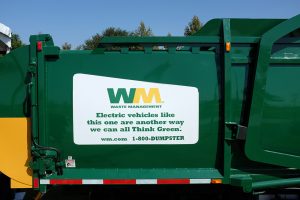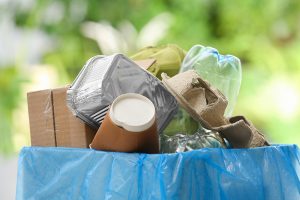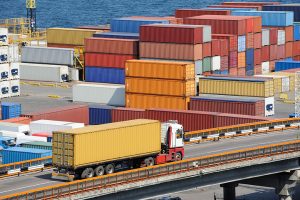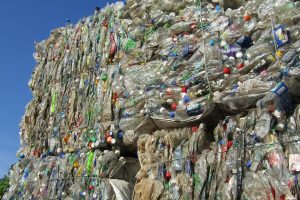 As recovered fiber prices continue to fall, so have recycling revenues for North America’s largest garbage and recycling companies.
As recovered fiber prices continue to fall, so have recycling revenues for North America’s largest garbage and recycling companies.
 As recovered fiber prices continue to fall, so have recycling revenues for North America’s largest garbage and recycling companies.
As recovered fiber prices continue to fall, so have recycling revenues for North America’s largest garbage and recycling companies.


 Waste and recycling collection deaths increased substantially in 2018, despite coordinated campaigns to reduce industry fatalities.
Waste and recycling collection deaths increased substantially in 2018, despite coordinated campaigns to reduce industry fatalities. Local recycling programs develop differently, and effectively providing support involves meeting municipalities where they’re at. The Recycling Partnership is employing that mantra to boost the viability of materials recovery in California, Oregon and Washington.
Local recycling programs develop differently, and effectively providing support involves meeting municipalities where they’re at. The Recycling Partnership is employing that mantra to boost the viability of materials recovery in California, Oregon and Washington. An initiative that collects hard-to-recycle packaging from the curb in several cities could be extended to another 100,000 households by the end of this year, a plastics executive said.
An initiative that collects hard-to-recycle packaging from the curb in several cities could be extended to another 100,000 households by the end of this year, a plastics executive said. The recently formed Glass Recycling Foundation has a goal of raising $1 million over the next year to invest in glass recycling projects, according to a leader of the nonprofit entity.
The recently formed Glass Recycling Foundation has a goal of raising $1 million over the next year to invest in glass recycling projects, according to a leader of the nonprofit entity. U.S. exports of scrap paper and plastic continued to drop in February, marking the fourth straight month of declining shipments for both commodities.
U.S. exports of scrap paper and plastic continued to drop in February, marking the fourth straight month of declining shipments for both commodities. As international leaders consider action in response to plastic pollution, environmental activists are arguing that turmoil around scrap exports is exacerbating the problem.
As international leaders consider action in response to plastic pollution, environmental activists are arguing that turmoil around scrap exports is exacerbating the problem.
